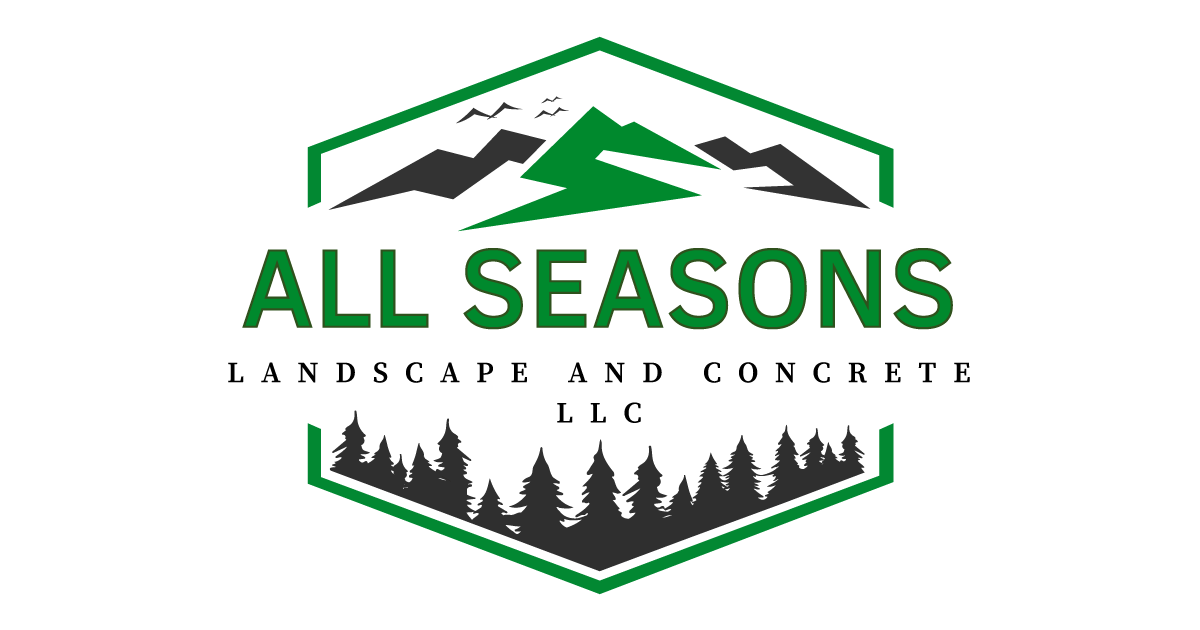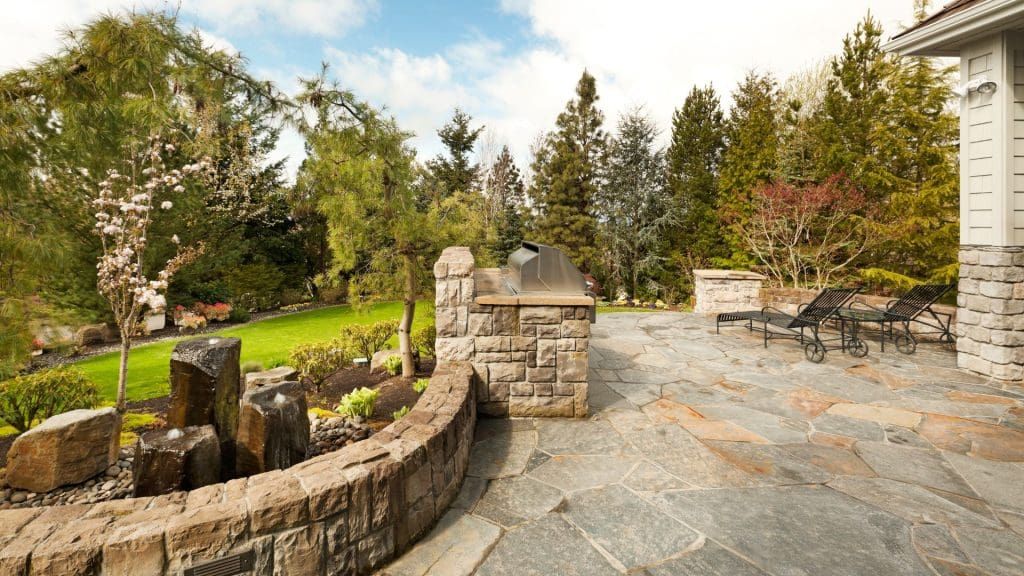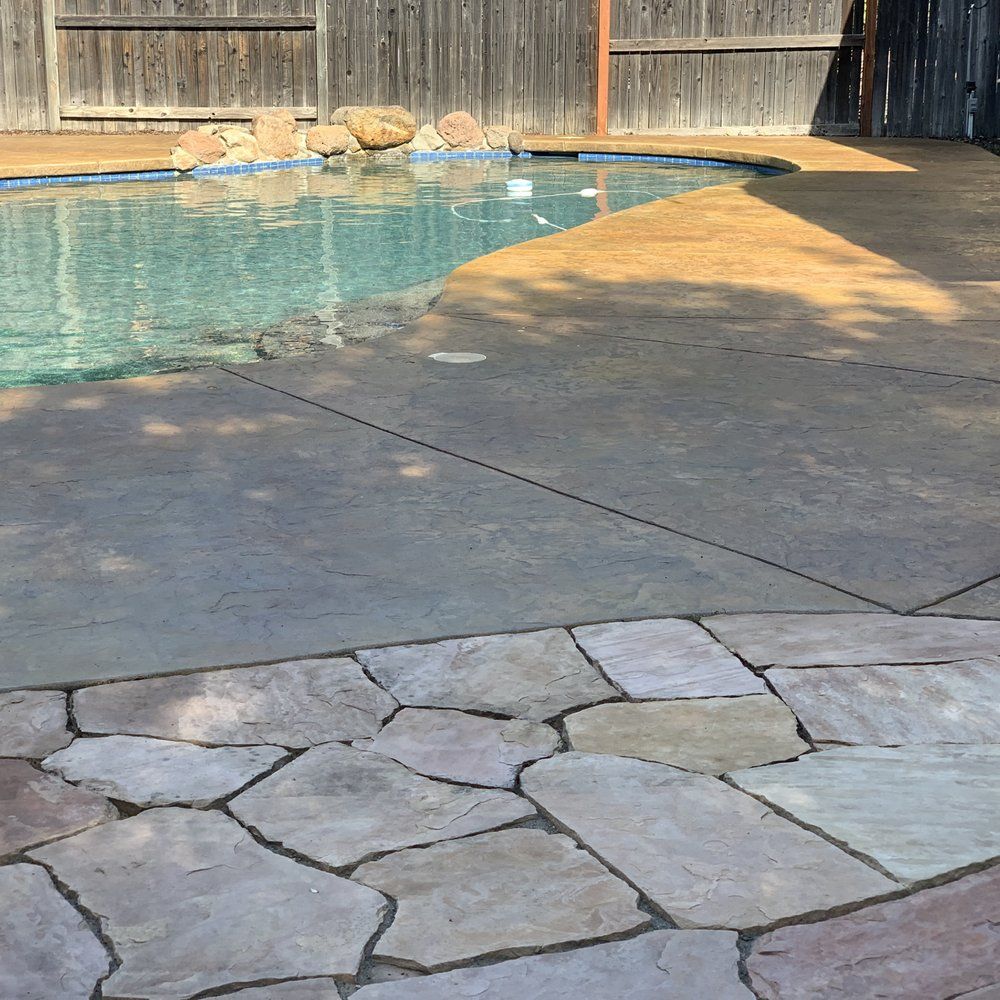Transform Your Garden with Sustainable Landscaping
Sustainable landscaping is more than just a trend. It's a responsible approach to gardening and land management that respects and benefits the environment. This method combines design and maintenance practices that work harmoniously with the natural climate and ecology of an area. The goal is to create a landscape that requires minimal resources, like water, fertilizers and pesticides, while offering natural beauty and environmental benefits.
The first step in sustainable landscaping is understanding the local ecosystem. By choosing native plants that are adapted to the local climate and soil conditions, you can reduce the need for additional water and fertilizers. These plants also provide essential habitat and food for local wildlife, promoting biodiversity.
Water conservation is another crucial aspect. Techniques like rainwater harvesting, drip irrigation, and the use of mulches can significantly reduce the need for supplemental watering. Additionally, implementing rain gardens and permeable paving helps manage storm water runoff, reducing erosion and pollution.
Organic practices are central to sustainable landscaping. Avoiding synthetic fertilizers and pesticides not only protects the environment but also ensures a safer space for your family and pets. Composting kitchen and garden waste to create natural fertilizers is an excellent way to recycle nutrients back into the soil
The design of a sustainable landscape is also key. Proper placement of trees and shrubs can provide shade, reduce wind, and naturally regulate temperature, reducing energy costs for heating and cooling. Using local or recycled materials for hardscaping not only adds a unique charm but also reduces the carbon footprint.
Sustainable landscaping is a thoughtful and impactful way to engage with your outdoor space. It involves more than just planting; it's about creating a balanced ecosystem that thrives with minimal intervention, providing a haven for wildlife, and a natural, beautiful space for people to enjoy.
Don’t Try This at Home
Creating a sustainable landscape is a complex process that goes beyond just planting a few trees. It requires a deep understanding of local ecosystems and how different elements work together. The best time to start is in the planting season, taking advantage of natural growth cycles. It's not just about choosing plants. It also involves complex decisions about soil health, water management, and the integration of wildlife-friendly features.
Specialized equipment like rainwater catchment systems and organic composting setups are often needed. The process can be overwhelming for a beginner. It demands knowledge of horticulture as well as local environmental conditions and sustainable practices. This intricate balance of nature and design is why many choose to rely on professional landscape architects for more ambitious projects.
What to Look for in a Pro
When hiring a professional for creating sustainable landscapes, prioritize experience in eco-friendly design. Look for a landscaper who demonstrates knowledge of native plants and local ecosystems. The right professional should offer strategies for water conservation and organic gardening practices. Ask about their experience in creating biodiverse habitats and check for a portfolio of past sustainable projects.
It's also essential to consider their approach to material sourcing, favoring those who use local, recycled, or sustainable materials. Their understanding of your specific microclimate and soil conditions will be a key factor in the sustainability of the landscape. Lastly, look for testimonials or reviews to ensure they have a track record of successful, environmentally friendly landscaping projects.


